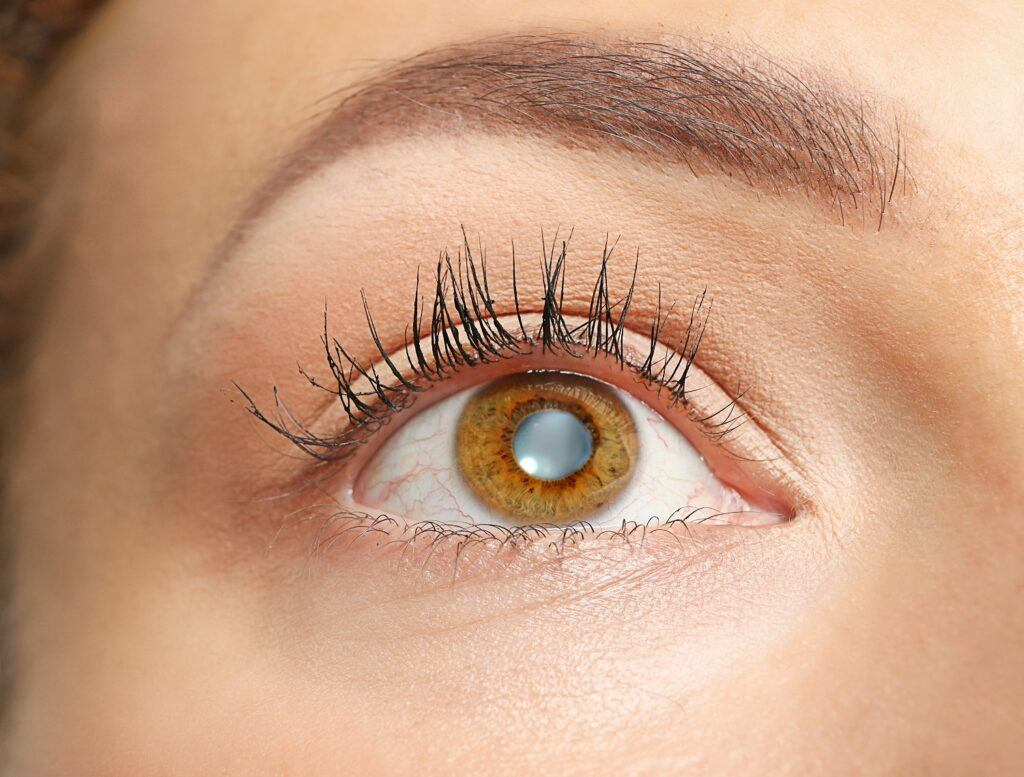What Causes Cataracts and How Are They Treated? Everything You Need to Know
Sub Title

Cataracts are a condition of the eye where the lens begins to cloud over and gradually worsen. The clouded lens affects vision and makes it hard to see because the eye is not being allowed to focus correctly. What causes cataracts specifically is not known. Yet, what is known is proteins in the eye start to collect around the lens and turn into the cloudy lens.
As cataracts progress, the size of the clouded area can continue to grow and become larger. Eventually, vision can be fully impaired, resulting in blindness in the eye. However, the blindness can be corrected by removing the cataract with laser cataract surgery.
There are also several types of medical conditions and personal habits that could increase the risks of cataracts. These include:
- Smoking Tobacco and Marijuana
- High Blood Pressure
- Diabetes
- Family History
- Alcoholism
- Obesity
- Excessive UV Exposure
- Corticosteroid Medications
- Statin Cholesterol Medications
- Myopia
- Previous Eye Injury
- Prolonged Steroid Hormone Replacement Therapy
Types of Cataracts
There are three types of cataracts that can affect one’s vision:
- Sub-Capsular Cataracts: These cataracts are common in people with diabetes or who have taken steroid medications for a prolonged period. They start at the rear of the lens and grow quickly. Vision changes can start to occur with a few months.
- Cortical Cataracts: This type of cataract starts at the outer area of the lens and gradually grows inward. The cloudy part of the lens almost looks like the spokes on a wheel as it becomes larger. Eventually, both farsightedness and nearsightedness vision problems will become noticeable.
- Nuclear Cataracts: Cataracts of this type start to form in the lens nucleus and grow outward. Nuclear cataracts are the most common type of age-related cataracts. As cataracts grow, you will notice your near vision improves, but it is only temporary.
Cataract Treatment
In the past, the method used to treat cataracts involved using surgical instruments to make an incision in the eye, remove the cloudy lens, and replace it with an artificial intraocular lens. The procedure is relatively safe and effective at removing cataracts. However, it can have a longer recovery time compared to laser cataract surgery.
Laser surgery uses a femtosecond laser to make the necessary incisions to remove the cloudy lens. The incisions are very precise and make removal easier. This results in a speedier recovery period post-surgery.
Another type of advanced laser surgery is dropless cataract surgery. Patients are no longer required to use post-operative eye drops after cataract surgery. Instead, steroids and antibiotics are placed into the eye at the same time the new intraocular lens is inserted. Dropless surgery can reduce the risks of infections and swelling post-surgery.
Intraocular Lens Options

There are several different types of intraocular lenses (IOLs) available. The IOLs you need will depend on your current vision issues and concerns. For example, if you want to not have to worry about glasses or contacts after your cataract surgery, multifocal IOLs are a good choice.
Keep in mind, this is just one IOL option. Your eye surgeon will discuss other IOLs available and the differences between each one.
To find out more about laser cataract surgery, IOLs, and if now is the right time to get your cataracts removed, please feel free to contact Dougherty Laser Vision at (805) 312-7671 to schedule a free consultation today! We have vision centers in Westlake Village, Beverly Hills, Camarillo, San Luis Obispo, Encino, and Simi Valley.

